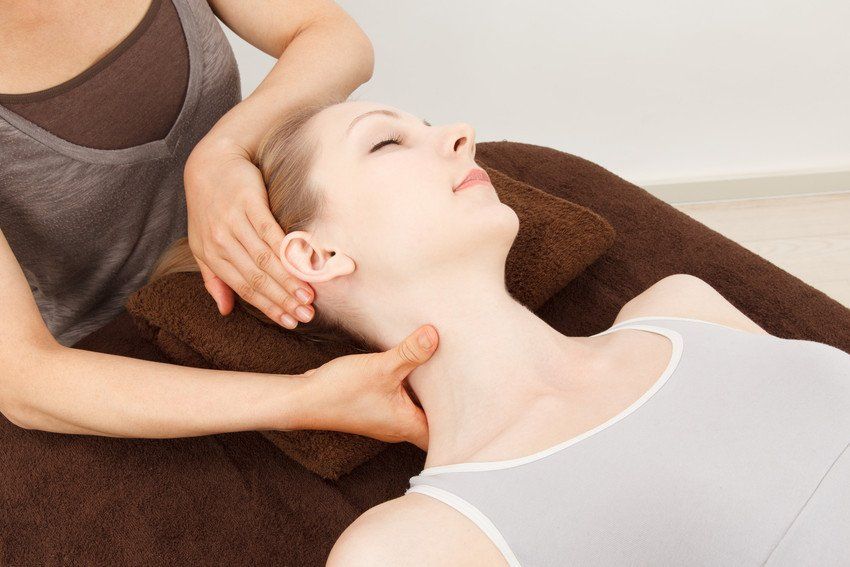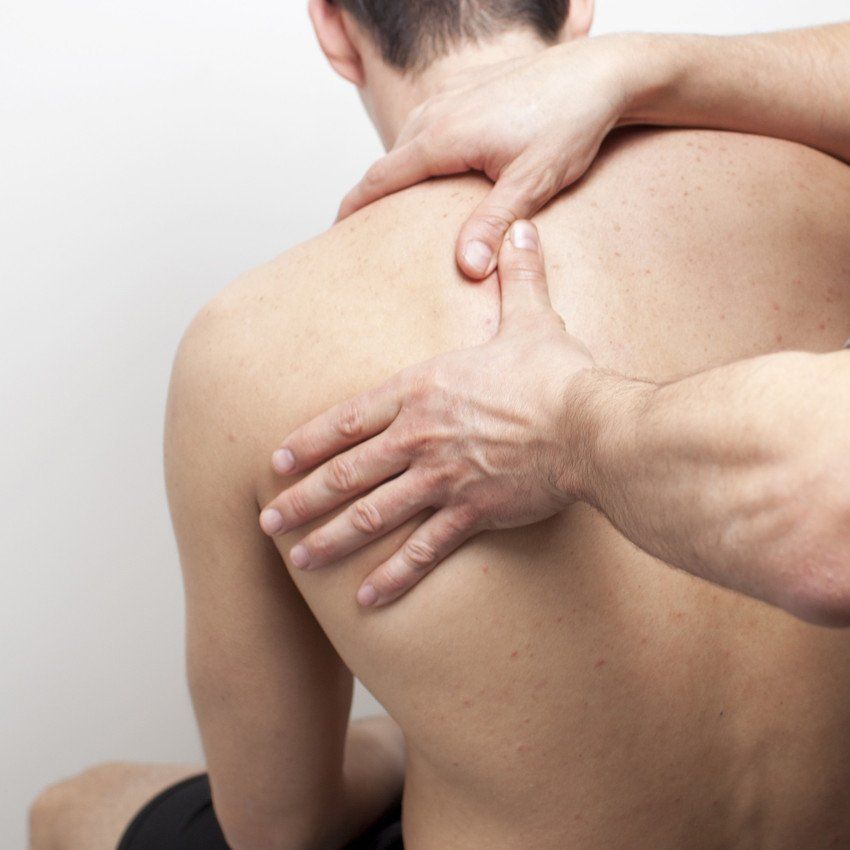Osteopathy
Holistic treatment
What is Osteopathy?
How can Osteopathy help me?
Common upper body conditions…
Common lower body conditions…
Osteopathy can help the following General conditions…
- Arthritic pain
- Sports injuries
- Nerve Pain
- Aches and Pains
- Pain relief
- Chronic pain
- Injury rehabilitation
- Joint pain treatment
- Neck and back pain
A Brief History of Osteopathy
Osteopathy or Osteopathic medicine was founded in the 1870s by American physician and Civil War surgeon, Dr Andrew Taylor Still.
Still viewed the body as having the natural ability to recover from ill health when functioning effectively and believed that human illness was rooted in problems with the musculoskeletal system. He posited that Osteopathic manipulations could solve these problems by harnessing the body’s own self-repairing potential.
He developed an integrated system that used manual techniques to affect the function of the body and thus enable it to restore its natural health.
Still described the foundations of osteopathy in his book “The Philosophy and Mechanical Principles of Osteopathy” in 1892, and in the same year he founded the ‘American School of Osteopathy’ in Kirkville, USA. He had thus established the first medical school that could produce physicians trained under this philosophy.
In 1898 the American Institute of Osteopathy started the ‘Journal of Osteopathy ‘and by that time four states recognised osteopathy as a profession.
Osteopathy arrives in Britain
Regulation
Osteopathy is a health profession that is regulated by law in the UK, and Osteopaths are regulated in much the same way as traditional medical doctors.
“The Osteopaths Act 1993” is an Act of the Parliament in the United Kingdom that regulates the practice of osteopathy. The Act received Royal Assent in July 1993, and with the Act came the creation the ‘General Osteopathic Council’. (See also: ‘The Register of Osteopaths’ below).
The General Osteopathic Council (GOsC) exists to ‘provide for the regulation of the profession of osteopathy’. The GosC sets and monitors practice standards and provides guidance to osteopaths to ensure that patients receive quality care. For further details please visit their website.
The GOsC also maintains key functions within the profession including: setting ‘Standards of Practice’, vetting and approving ‘Education and Training’ standards and courses, and maintaining ‘Professional Development Standards’ or CPD (Continuing Professional Development).
The Register of Osteopaths
Osteopathic Research
Osteopathy at the Haslemere Clinic
Useful Authoritative Links & Research links
https://www.osteopathy.org.uk/
https://www.osteopathy.org.uk/register-search/
https://www.osteopathy.org.uk/news-and-resources/links/osteopathic-organisations/
https://www.nhs.uk/conditions/osteopathy/
National Council for Osteopathic Research – https://www.ncor.org.uk/
The University College of Osteopathy – https://www.uco.ac.uk/research








